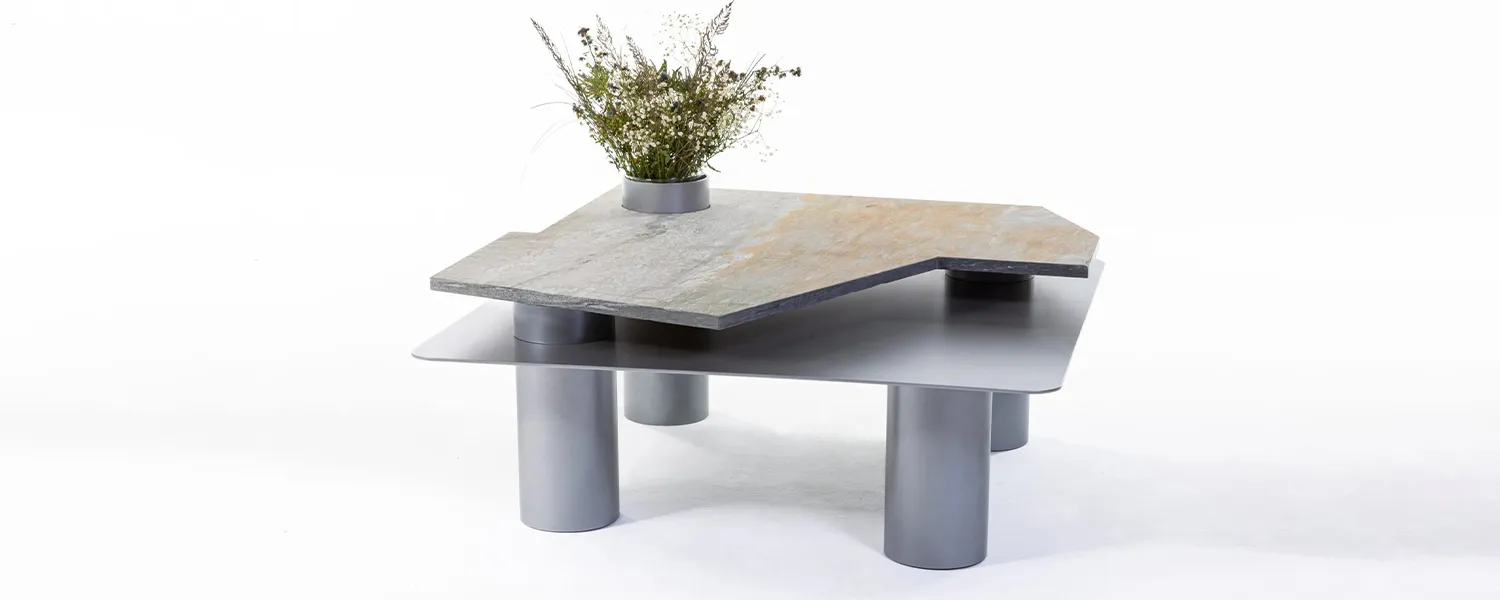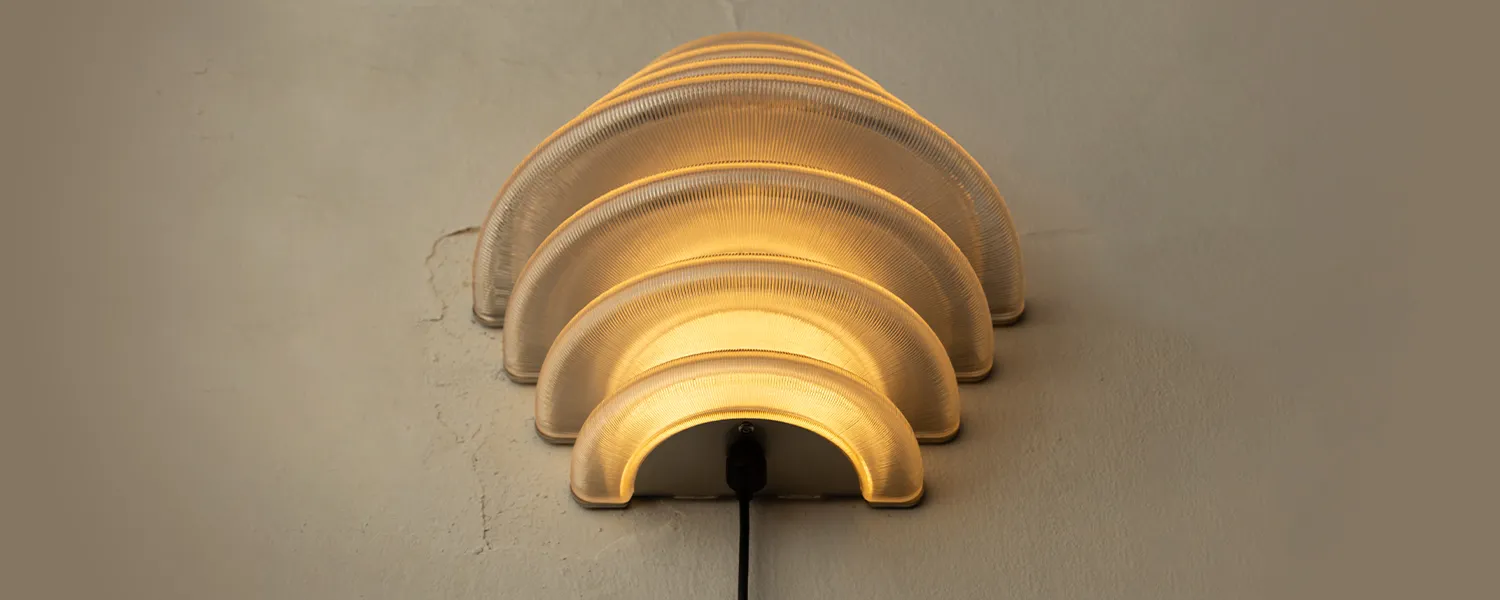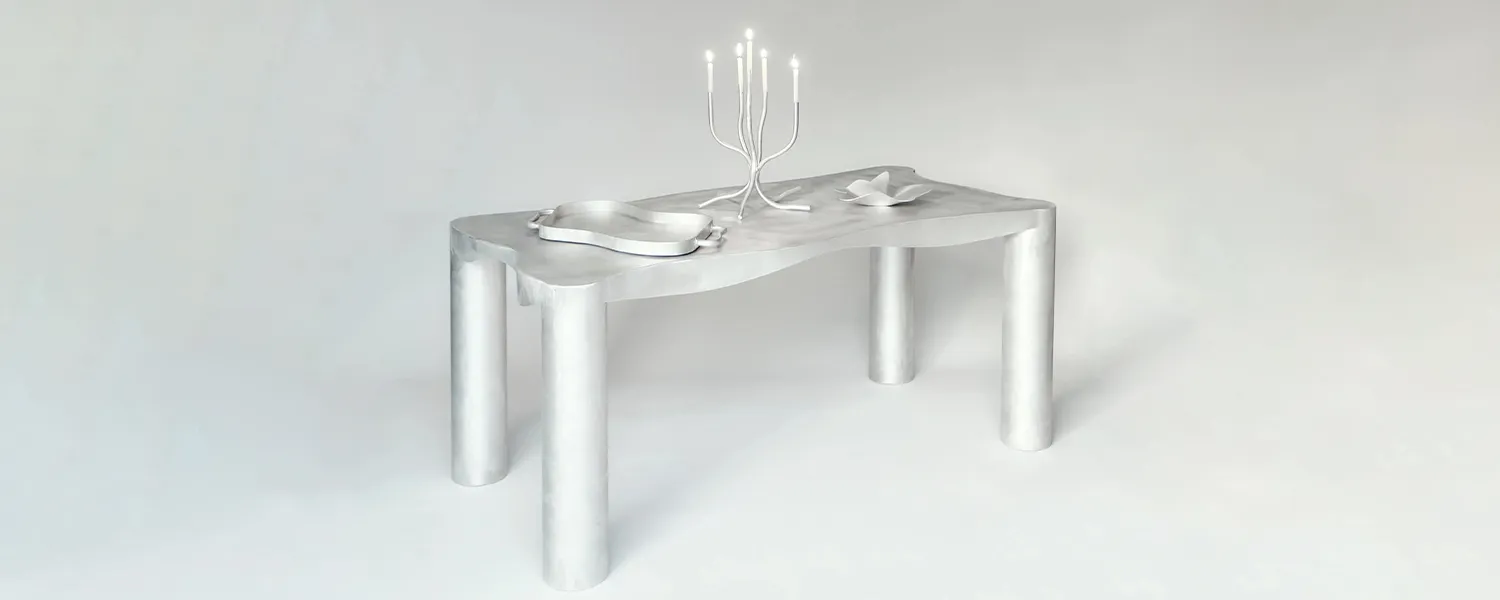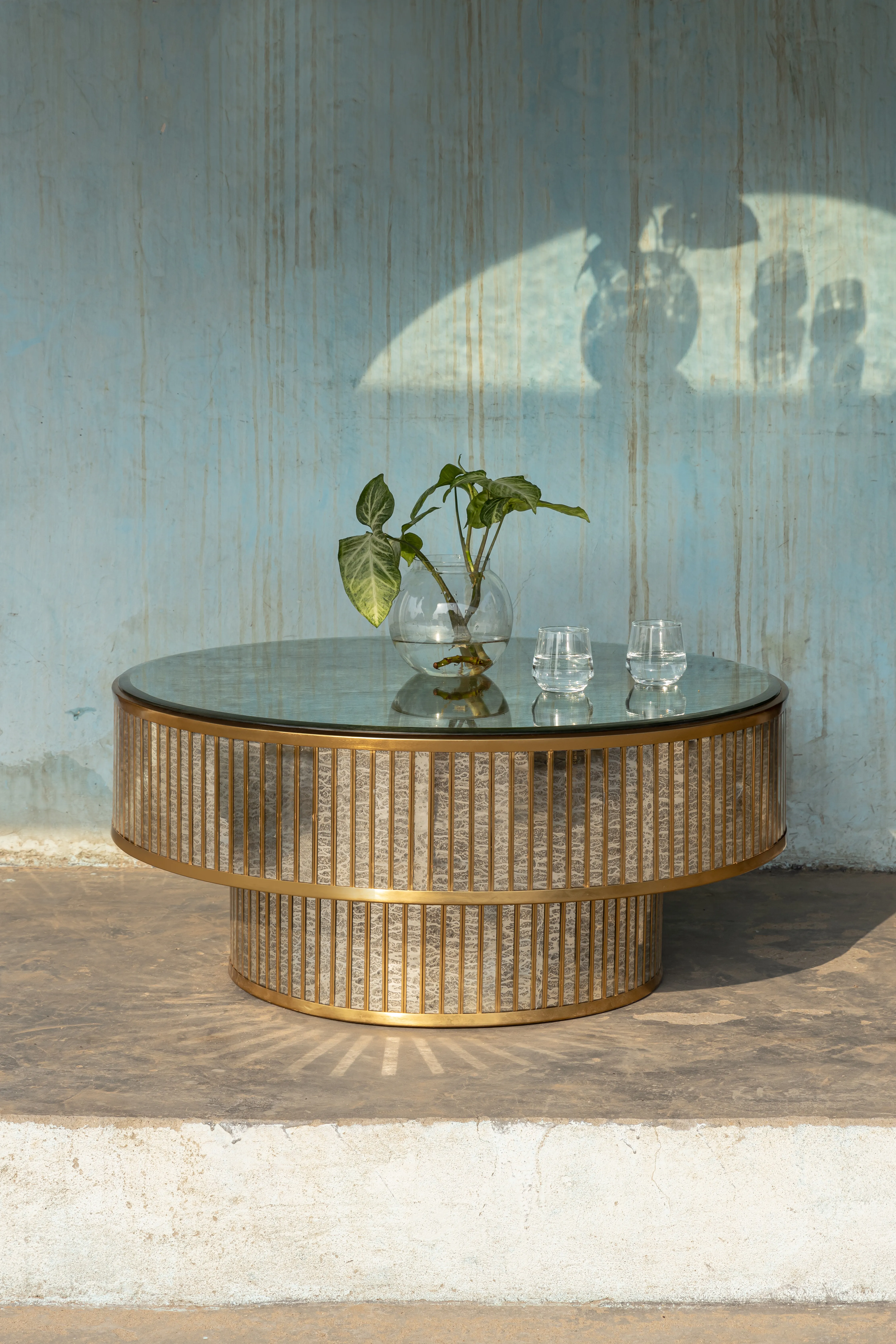
100 Years of Art Deco & Innovative Nostalgia
“Can’t repeat the past?… Why of course you can!”
This declaration from Fitzgerald’s Gatsby, penned in 1925, serves as a fitting introduction to our contemporary relationship with Art Deco – a design language born that same year, which refuses to recede into historical footnote. A century later, we find ourselves still captivated by the aesthetic that Gatsby certainly would have recognized: the crystalline geometries, the sumptuous materials, the tension between machine precision and sensual exuberance.
The birth of Art Deco crystallized in the summer of 1925, as visitors strolled through the Grand Palais in Paris during the Exposition Internationale des Arts Décoratifs et Industriels Modernes. This watershed moment in design history marked not just an aesthetic shift but embodied the zeitgeist of an interwar society simultaneously enchanted by technological progress and haunted by recent catastrophe. Art Deco emerged as the last truly joyful style before the austerity of another world war—a spectacular fusion of contradictions: machine-age materials with handcrafted precision, ancient motifs reimagined through modernist geometry, democratic accessibility paired with unabashed luxury.






Art Deco’s Revolutionary Use of Materials
What distinguishes Art Deco as a design phenomenon was its revolutionary material vocabulary. The movement represented the first aesthetically coherent integration of industrial materials into elite design circles. Chrome, bakelite, vitrolite glass, and aluminum—materials previously relegated to purely functional applications—became the building blocks of a new visual language that celebrated both technological advancement and sensory pleasure.
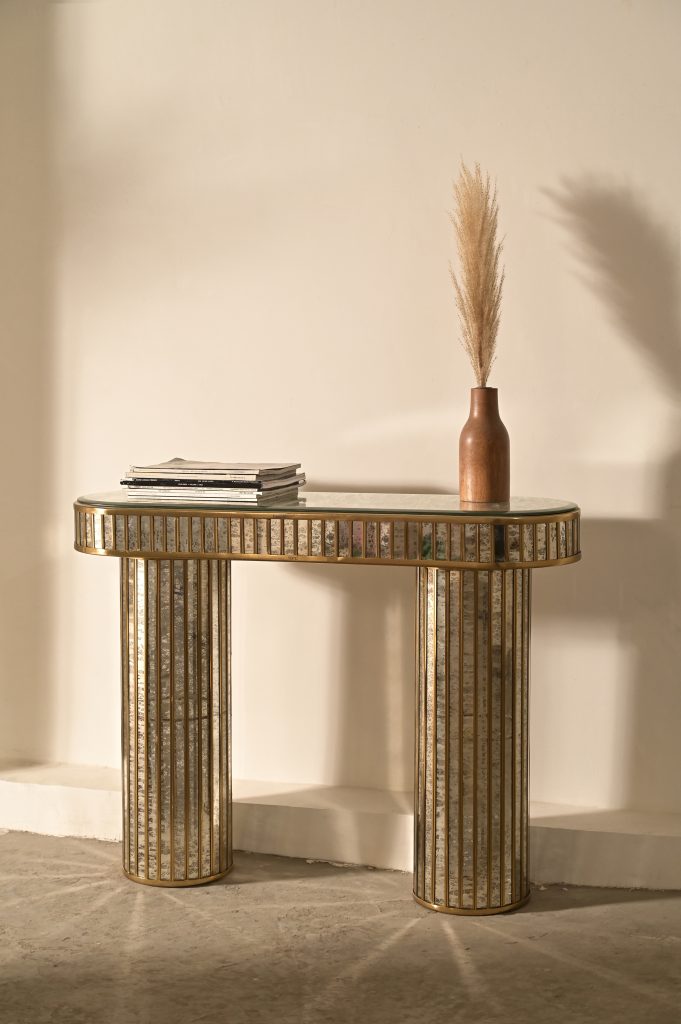

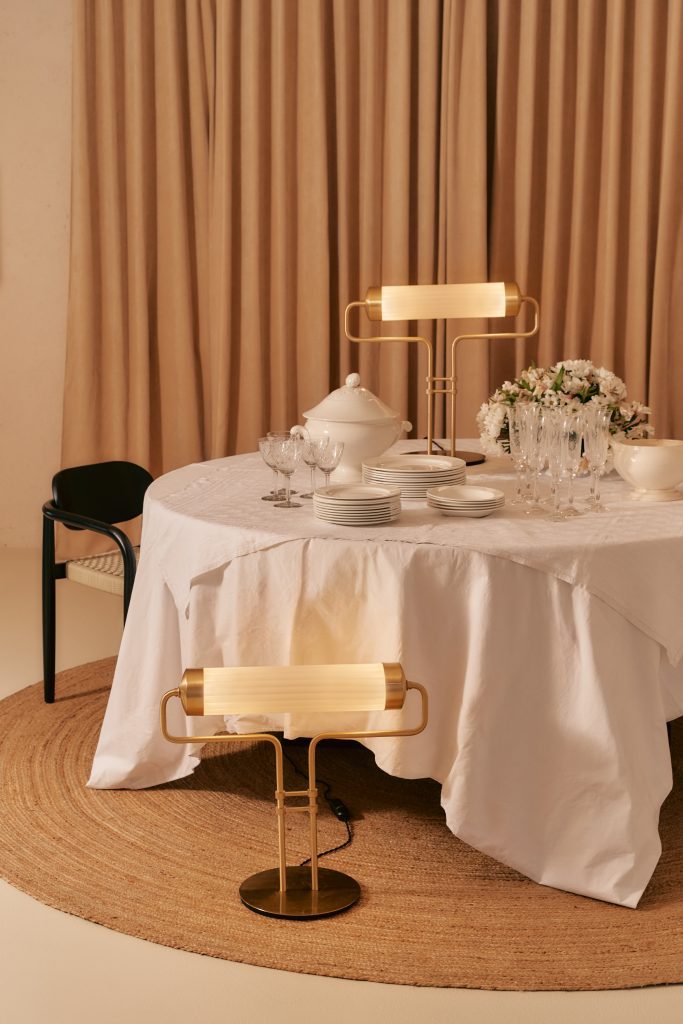

In interior design, Art Deco introduced unprecedented juxtapositions: exotic veneers paired with chromed steel, lacquer with mirror, sharkskin with crystal. Furniture designer Jacques-Émile Ruhlmann elevated these combinations to high art, creating pieces whose astronomical prices (a single cabinet might cost as much as a Parisian apartment) belied the movement’s eventual democratization.
Simultaneously, manufacturers like the Wurlitzer Company and Clarice Cliff adapted Art Deco principles for mass-market consumption, bringing streamlined forms and bold geometric patterns into middle-class homes through jukeboxes, ceramics, and affordable furnishings. This dual existence—as both rarefied luxury and accessible style—explains Art Deco’s unique cultural penetration and enduring appeal.
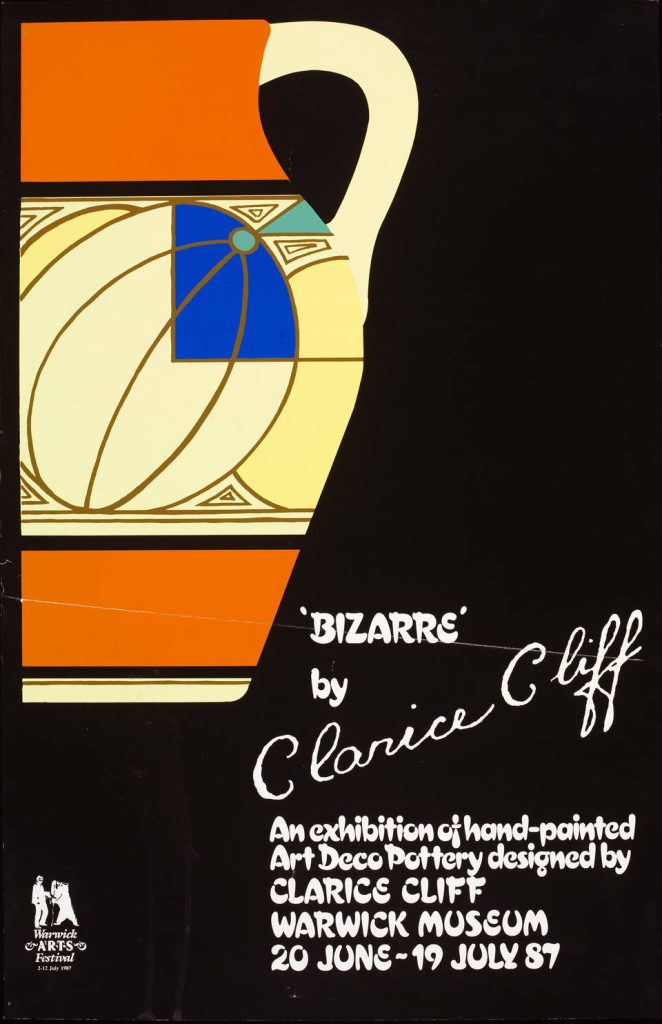

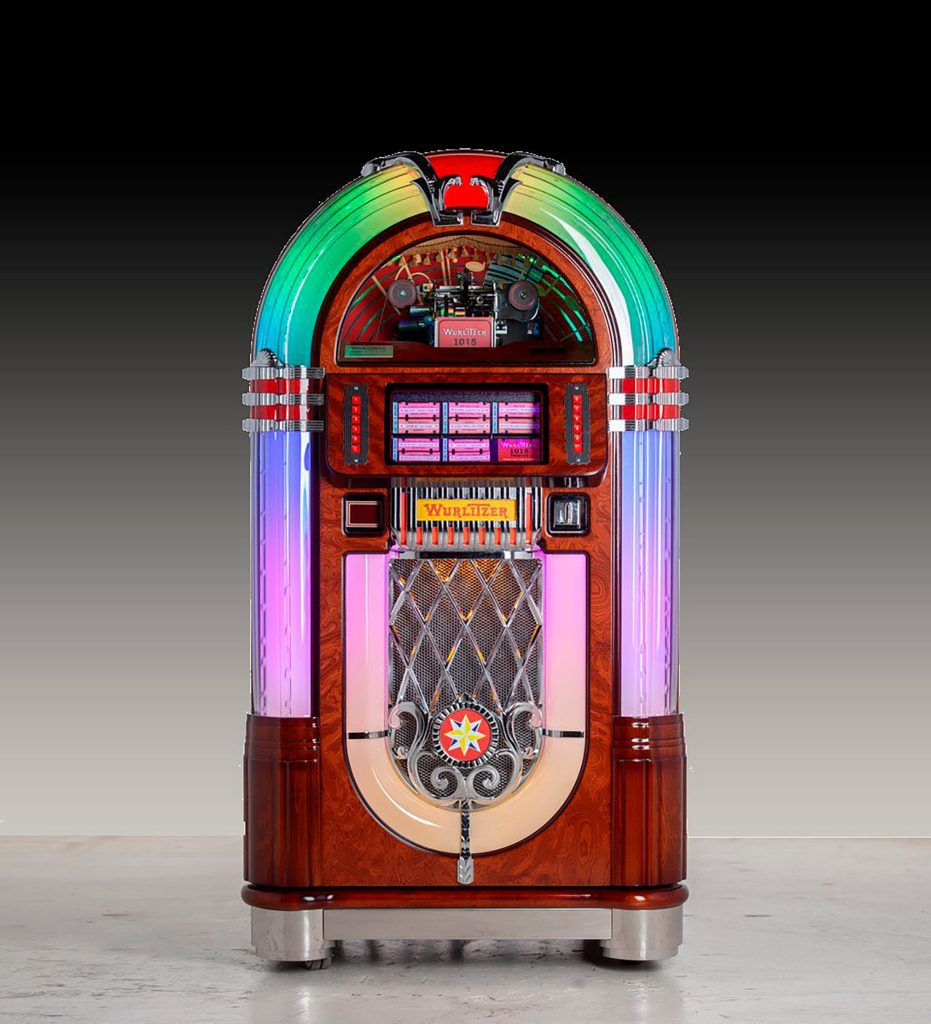

The style transformed public spaces with grand hotel lobbies and movie palaces that democratized luxury, making spectacle accessible to ordinary citizens during the economic turbulence of the 1930s. In domestic environments, it introduced a new vocabulary of sophistication through furniture crafted from exotic veneers, mirrors with sunburst motifs, and cocktail cabinets whose very existence celebrated the end of Prohibition’s moral constraints.
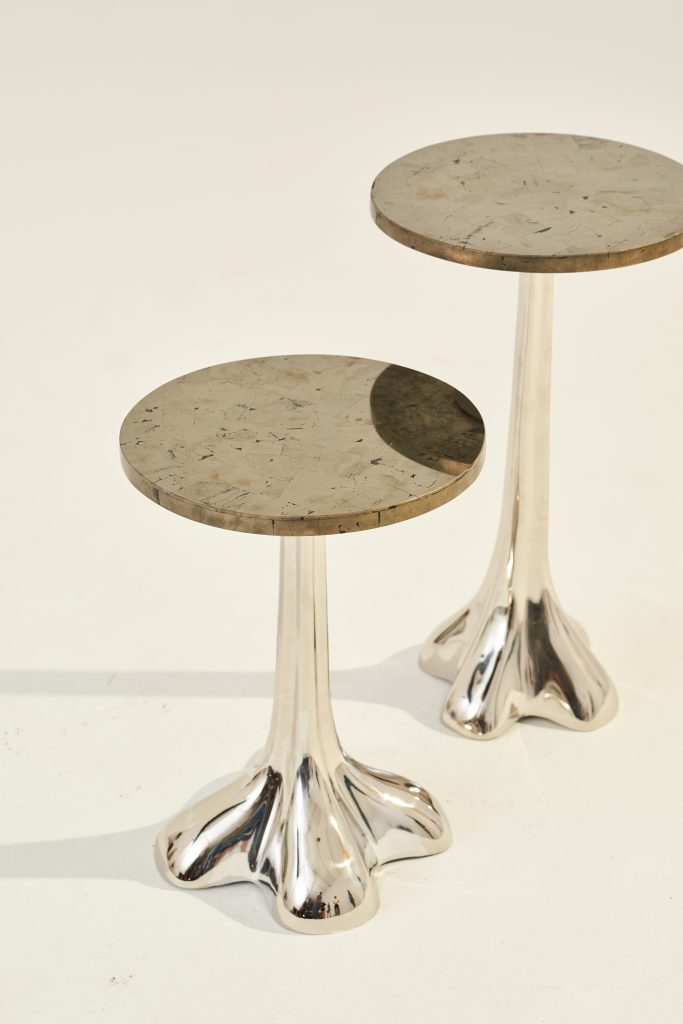

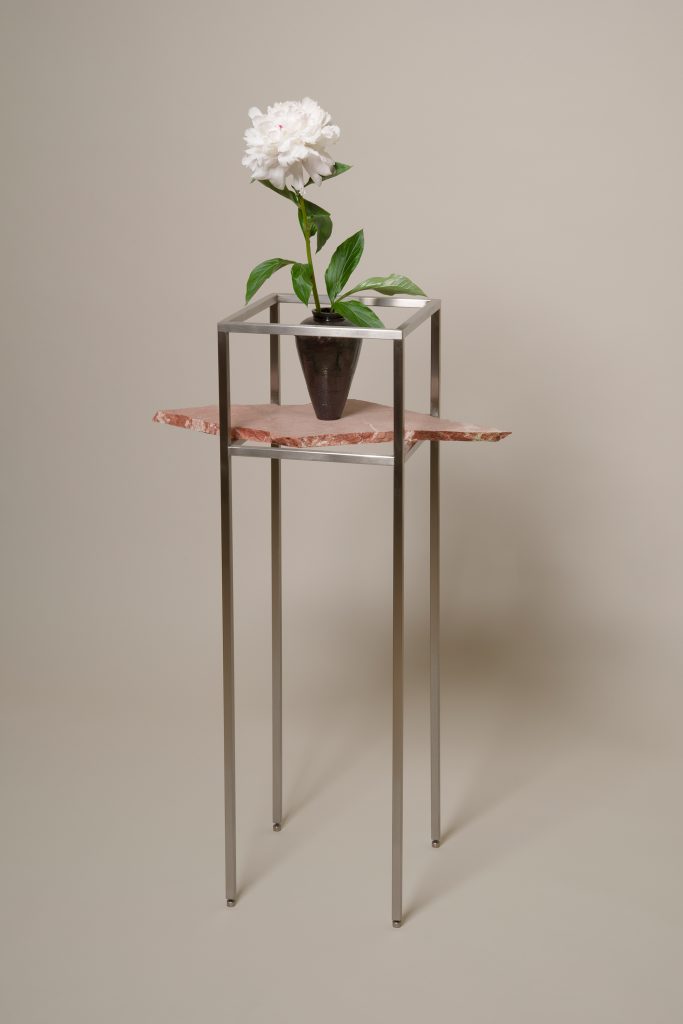

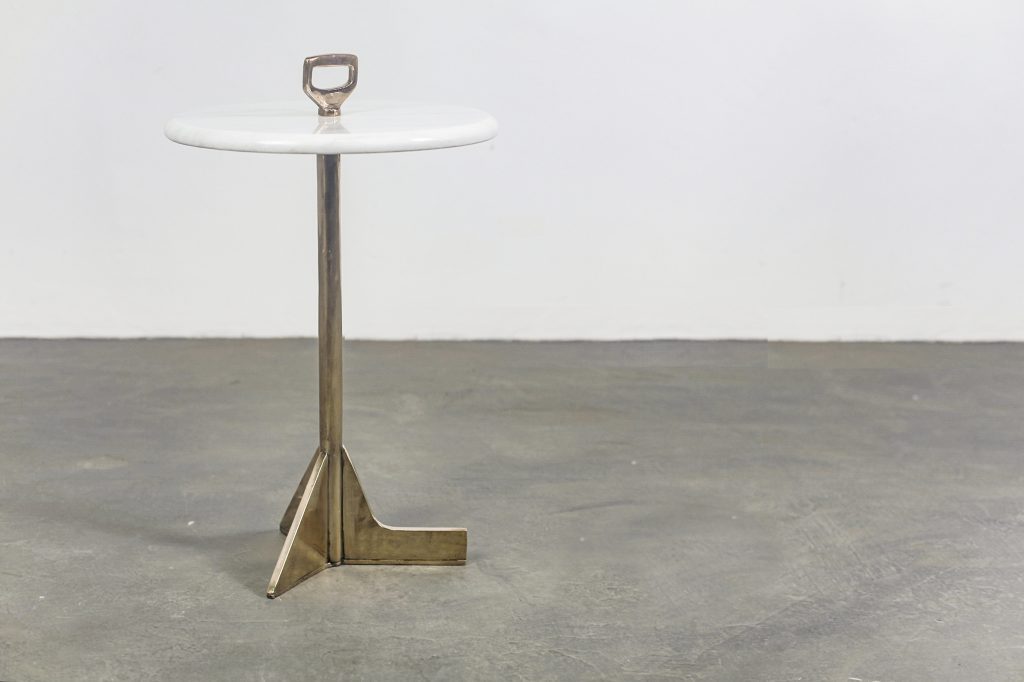

Architectural Impact and Spatial Innovation in Art Deco
In architecture, Art Deco’s impact was transformative and global. William Van Alen’s Chrysler Building (1930) remains perhaps its most iconic embodiment—a structure whose terraced crown, eagle gargoyles, and distinctive spire synthesize ancient temple architecture with machine-age precision, ascending skyward into a theatrical experience.
This theatrical quality defined Art Deco interiors as well. The movement pioneered innovative lighting techniques—cove lighting, recessed fixtures, and dramatic up-lighting—that transformed spatial perception. Interior designers like Dorothy Draper used bold color blocking, oversized patterns, and strategic mirrors to create environments that felt simultaneously intimate and expansive, an approach she termed “anti-minimalism” that deliberately rejected the austere functionalism gaining popularity in European design circles.


Global Reinterpretations of Art Deco
Perhaps most remarkably, Art Deco became the first truly international design language of the modern era, a global phenomenon that adapted to local sensibilities while maintaining its distinctive character. Along Mumbai’s Marine Drive, it merged with Indian motifs to create a unique architectural expression that represented a colonial style indigenized through local craftsmanship. In Miami Beach, it absorbed tropical influences to birth a pastel-colored variant that architectural preservationist Barbara Baer Capitman would later champion, revitalizing an entire district. In Shanghai’s Bund district and Mexico City’s central corridors, Art Deco buildings became symbols not just of modernity but of cosmopolitan identity in rapidly changing societies.


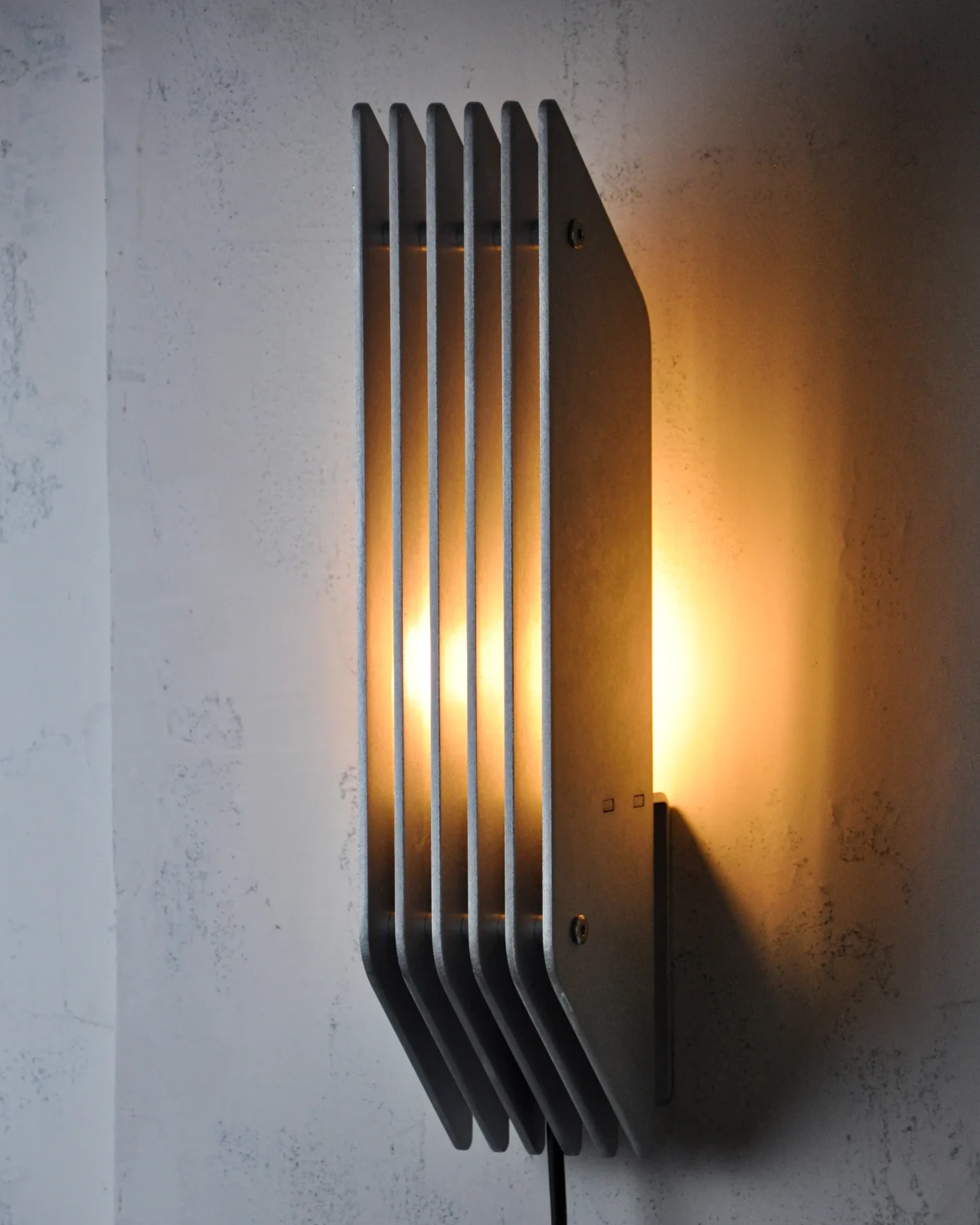

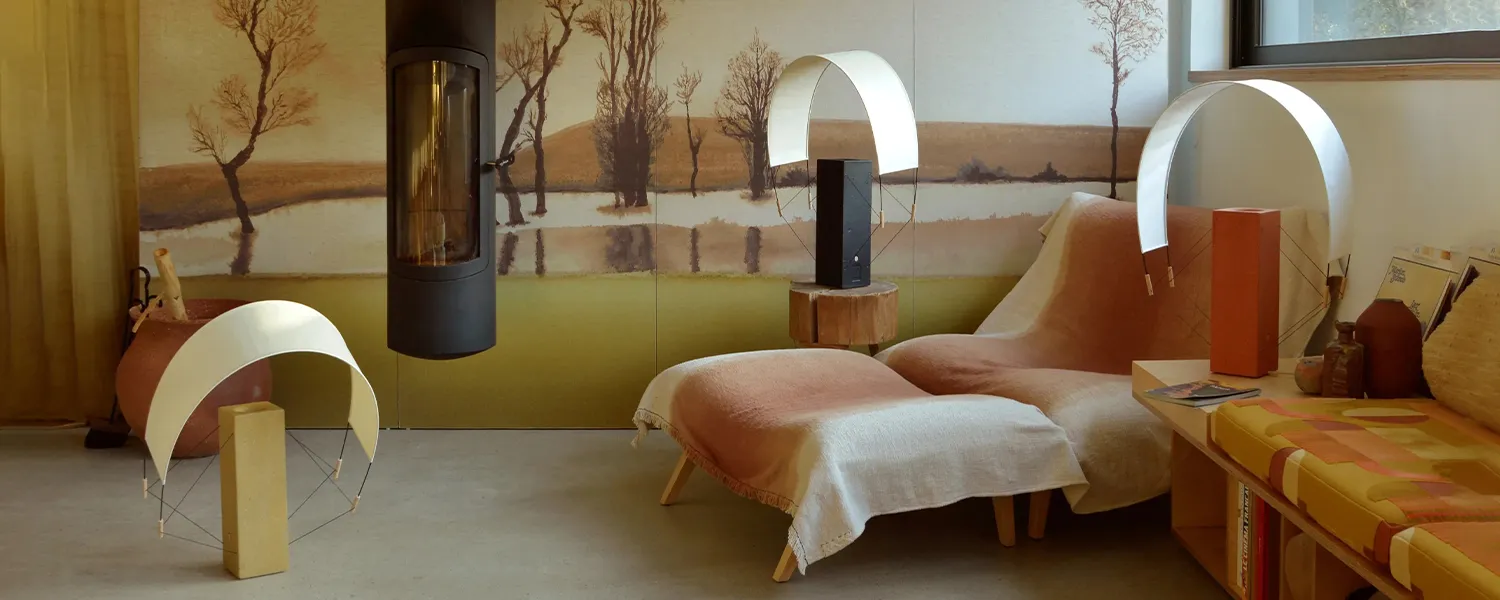

Art Deco’s Influence in Contemporary Design
Today, Art Deco’s influence permeates contemporary design across multiple scales. What distinguishes Art Deco from other historical styles is its extraordinary adaptability. Its formal vocabulary—symmetry, stepped profiles, contrasting materials—can be reinterpreted through countless material palettes without losing its essential character.


In contemporary interiors, we see this adaptability in the resurgence of curved furniture forms with channel tufting, bold geometric patterns in wall coverings and textiles, and the renewed appreciation for mixed metallics. Lighting designers have rediscovered the dramatic potential of Deco-inspired fixtures, creating contemporary interpretations of the movement’s iconic stepped forms and frosted glass elements.
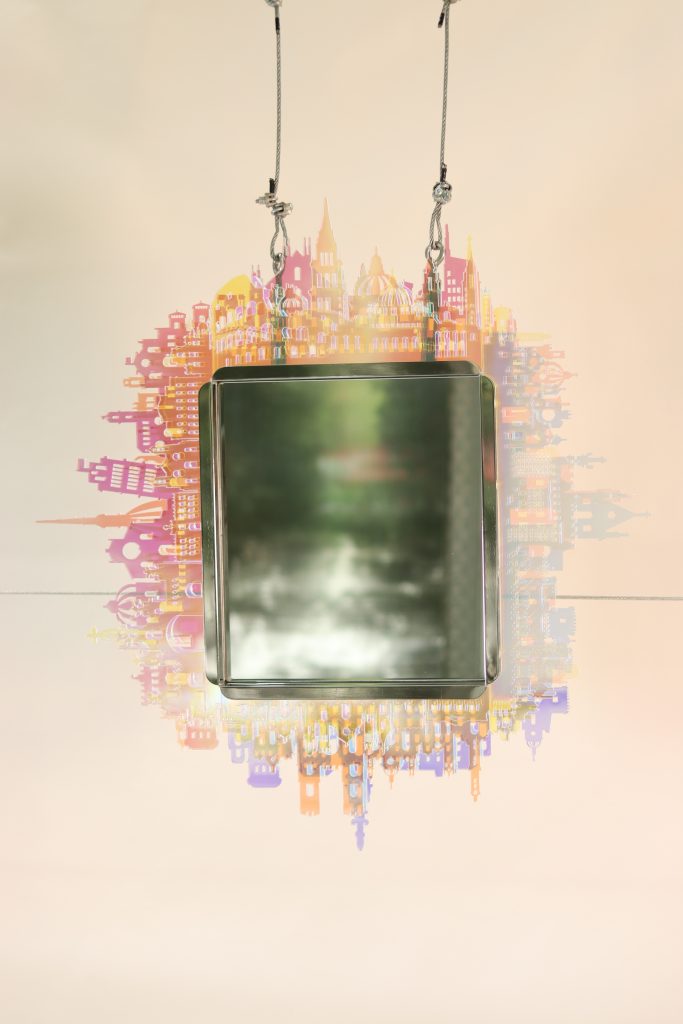

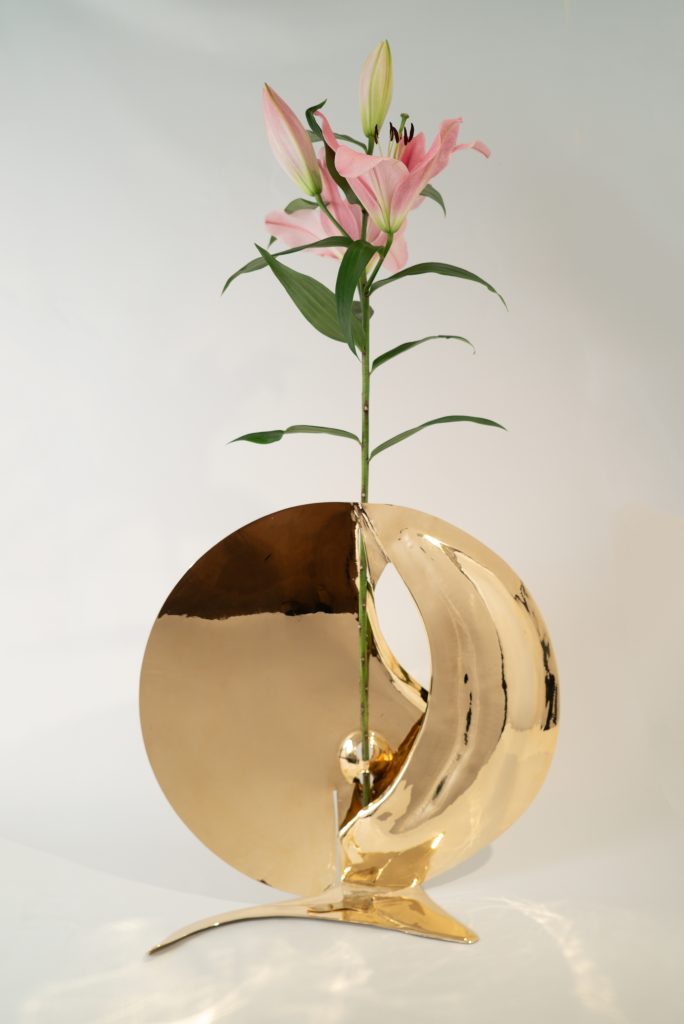

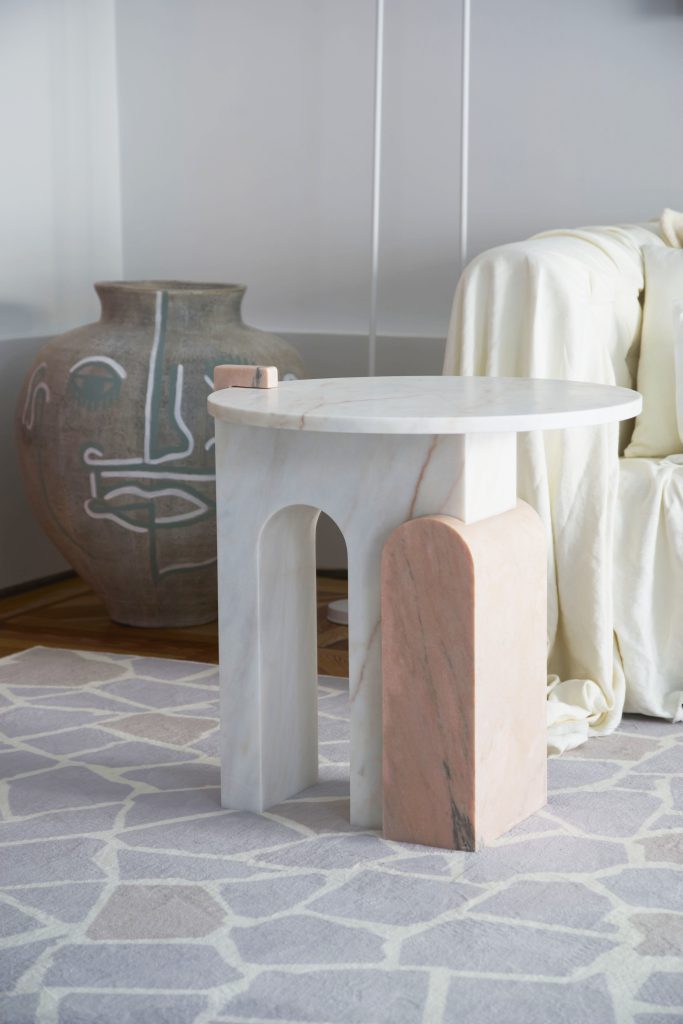

The Rise, Fall, and Revival of Art Deco
Despite its initial ubiquity, Art Deco fell from favor as the austerity of World War II gave way to more minimalist mid-century aesthetics. By the 1960s, many Art Deco buildings faced demolition, dismissed as outdated relics of a frivolous age.
It was only in the 1980s, when nostalgia for pre-war glamour resurged, that Art Deco experienced a dramatic reappraisal. Preservationists fought to save its architectural landmarks, collectors began seeking out original furniture pieces, and designers started incorporating its elements into contemporary work. The 1982 designation of Miami Beach’s Art Deco Historic District—the first 20th-century neighborhood to receive such protection—signaled a watershed moment in the style’s critical revaluation.
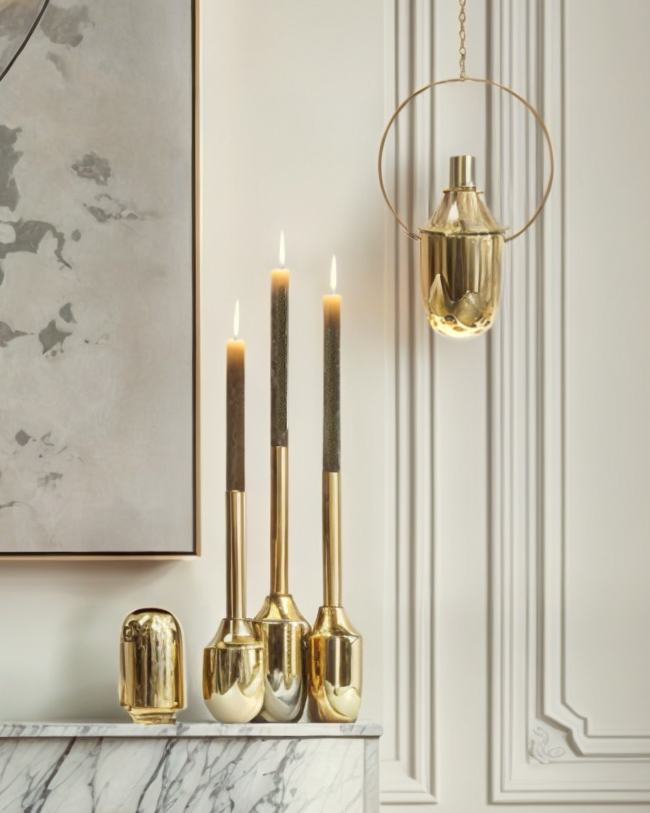

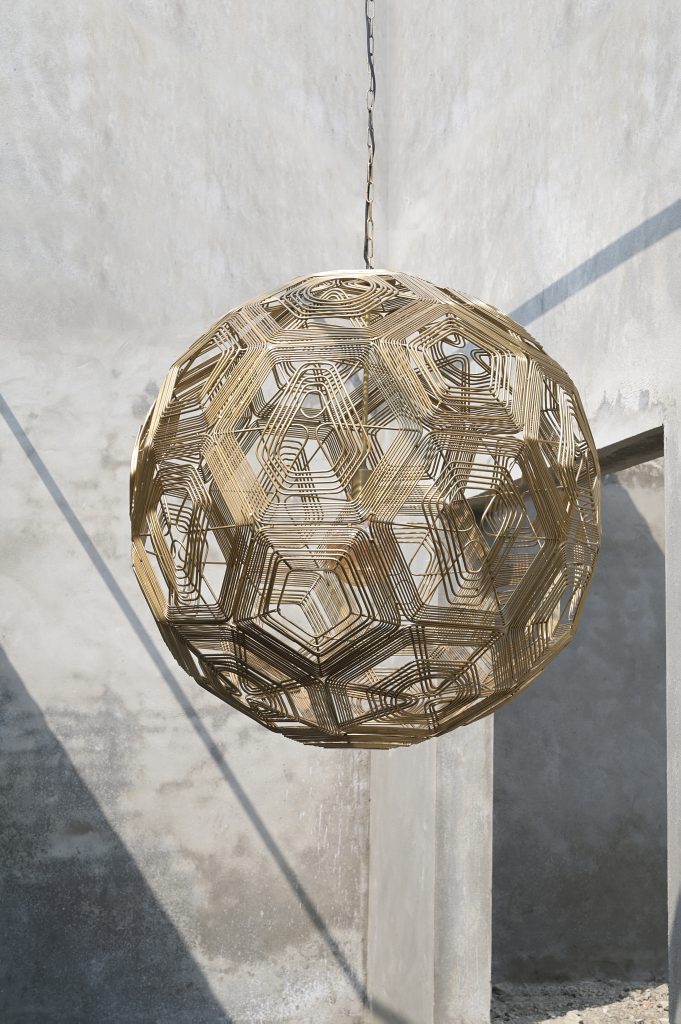

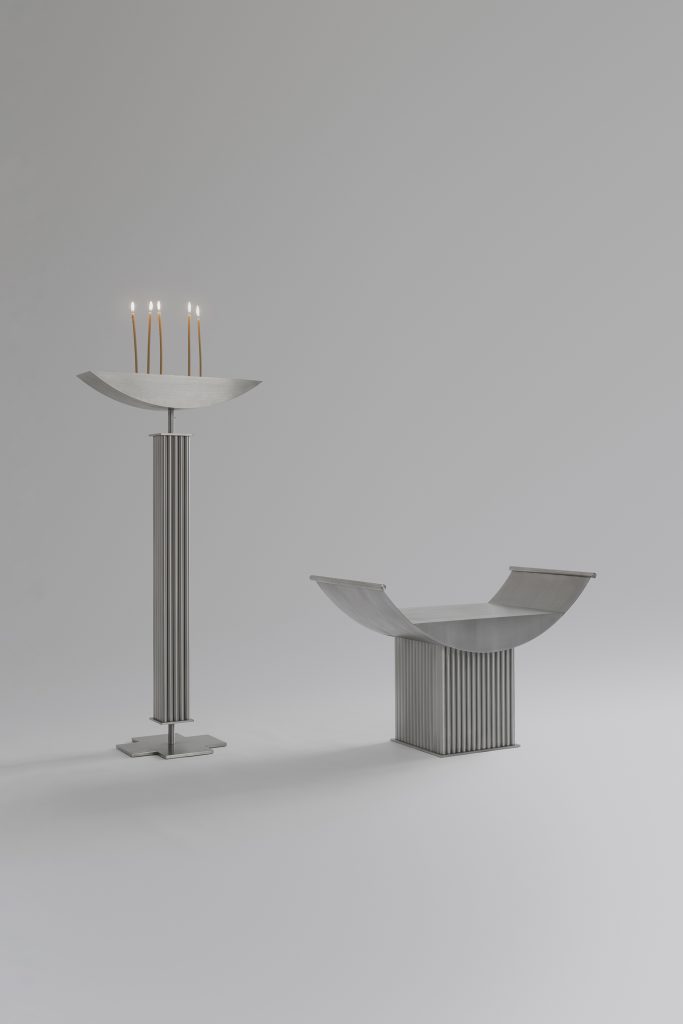



Looking Forward; Ceaselessly Drawn Back
We opened this centennial reflection with Gatsby’s optimistic declaration about repeating the past, and it seems only fitting to close with Fitzgerald’s immortal final line: “So we beat on, boats against the current, borne back ceaselessly into the past.” Between these literary bookends lies the story of Art Deco—a design language that, like Gatsby himself, embodies the tension between nostalgic reverence and forward-looking innovation. This poetic observation illuminates our enduring relationship with Art Deco—a persistent return to its visual language arising not from casual nostalgia, but from recognition of something profound in its synthesis of past and future, of machine precision and human sensuality.
What gives this aesthetic its persistent allure? Unlike styles confined to historical footnotes, Art Deco possesses a cultural resonance that extends beyond temporal boundaries. Its visual vocabulary—stepped forms, bold geometries, material juxtapositions—continues to evolve through contemporary designers who reinterpret its principles for modern sensibilities. The style embodies a dynamic tension between disciplined restraint and sensory exuberance, reflecting our own contradictory desires for both rational order and emotional expression in design.
A hundred years after the Paris Exhibition, we find ourselves drawn back to something that once represented an idealized future—not in futile attempt to recover what was lost, but in continued appreciation for a design movement that still inspires us to imagine what might be possible. As we create the visual language of tomorrow, Art Deco reminds us that the most enduring design doesn’t just reflect the world; it transforms it.
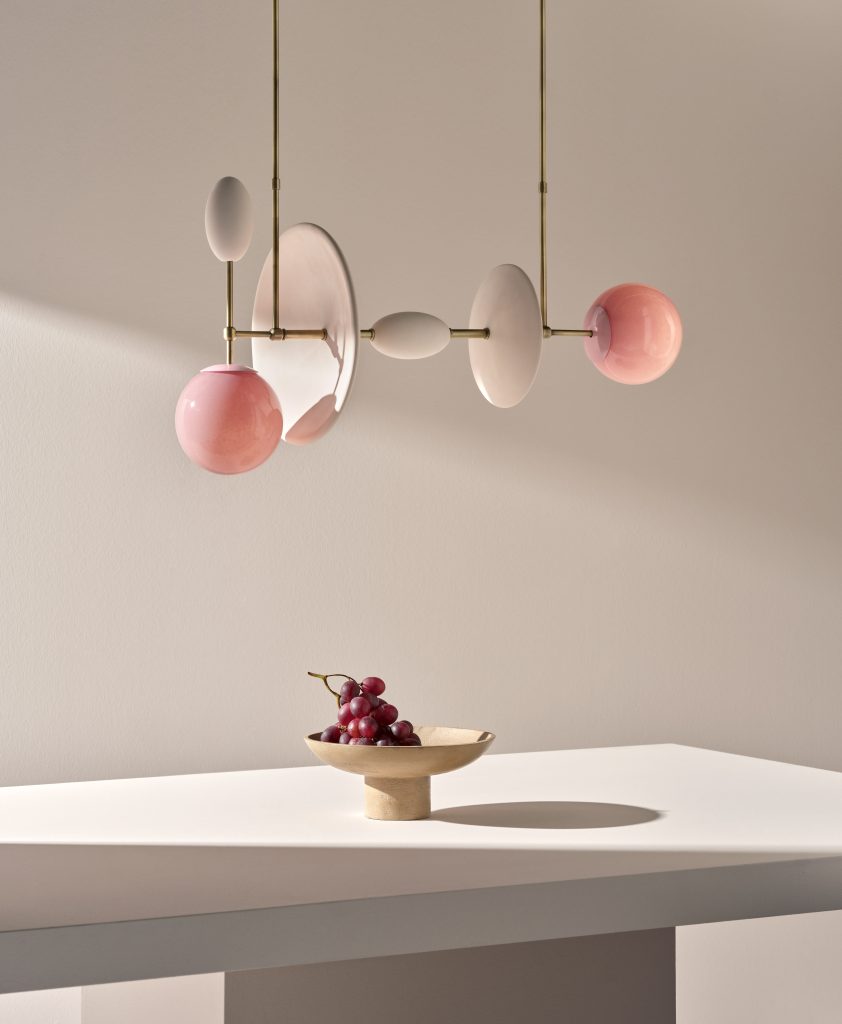

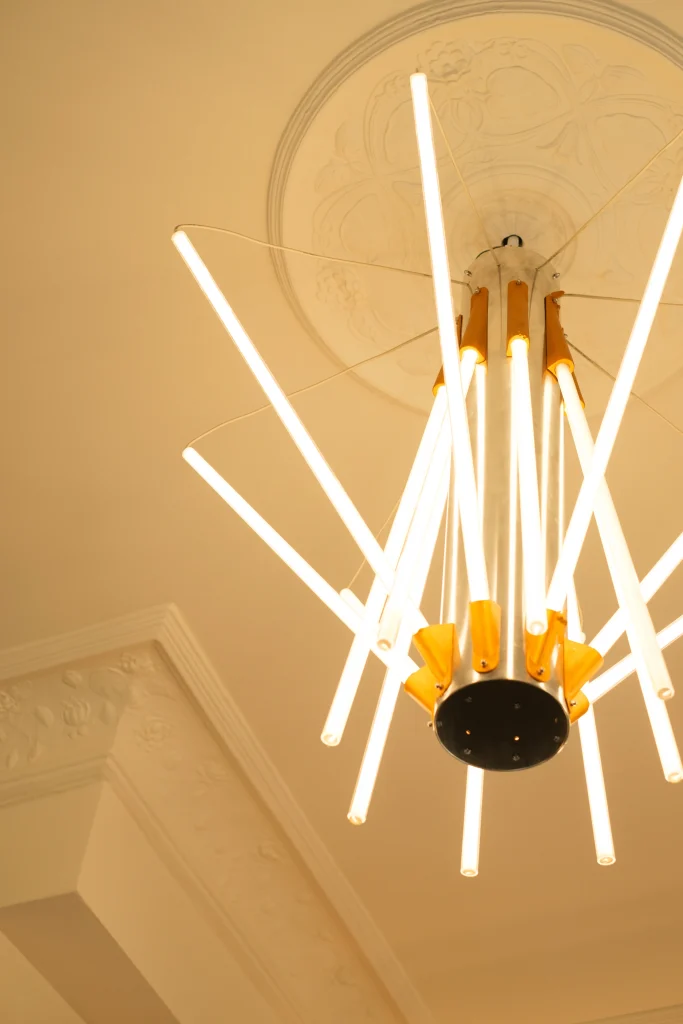

-

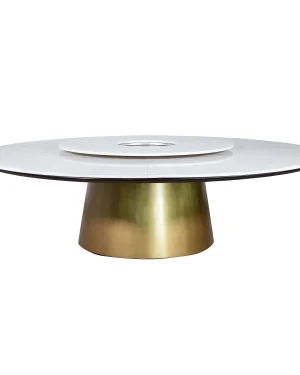 Aragon – Stone & Bronze Dining Table With Rotating Server€44.645 incl. tax
Aragon – Stone & Bronze Dining Table With Rotating Server€44.645 incl. tax -

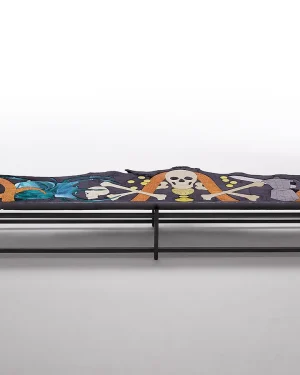 “ULTRA” Bench€43.750
“ULTRA” Bench€43.750 -

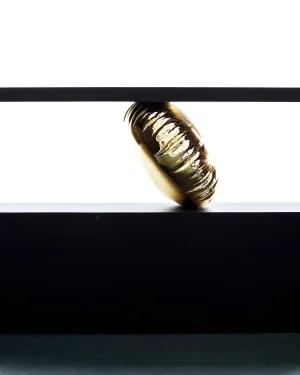 Collapse Console Table€28.500 incl. tax
Collapse Console Table€28.500 incl. tax -

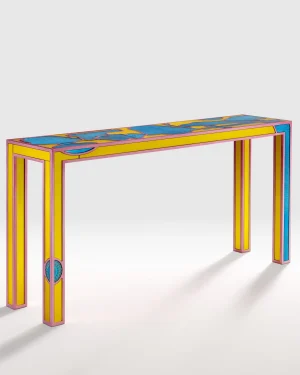 “POP STORY” Console€26.250 incl. tax
“POP STORY” Console€26.250 incl. tax -

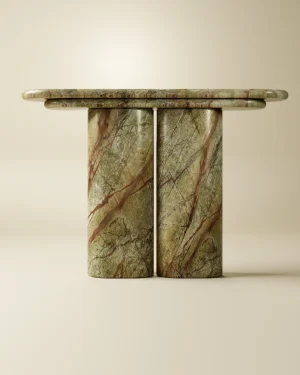 Element – Marble Console Table€23.125 incl. tax
Element – Marble Console Table€23.125 incl. tax -

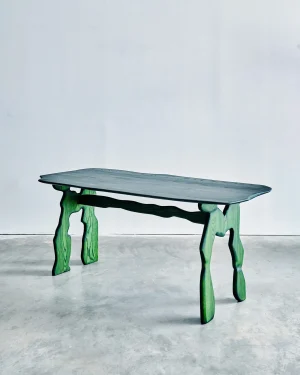 Green Dining Table€18.994 incl. tax
Green Dining Table€18.994 incl. tax -

 “RENAISSANCE” Triumph Crystal Goblet:€17.750 incl. tax
“RENAISSANCE” Triumph Crystal Goblet:€17.750 incl. tax -

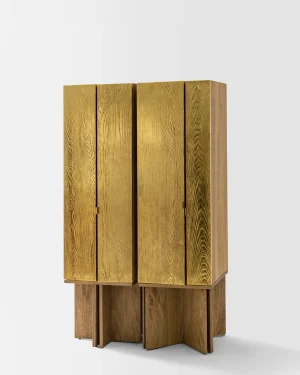 Aurum – Gold Leaf Cabinet 120 Storage€17.556 incl. tax
Aurum – Gold Leaf Cabinet 120 Storage€17.556 incl. tax -

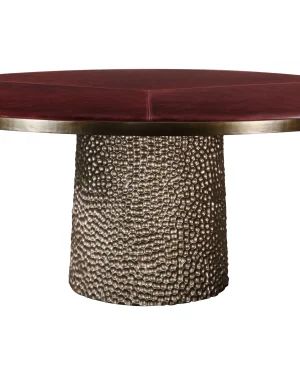 Giada – Upholstered Round Game Table With Metallic Carved Base€17.250 incl. tax
Giada – Upholstered Round Game Table With Metallic Carved Base€17.250 incl. tax

